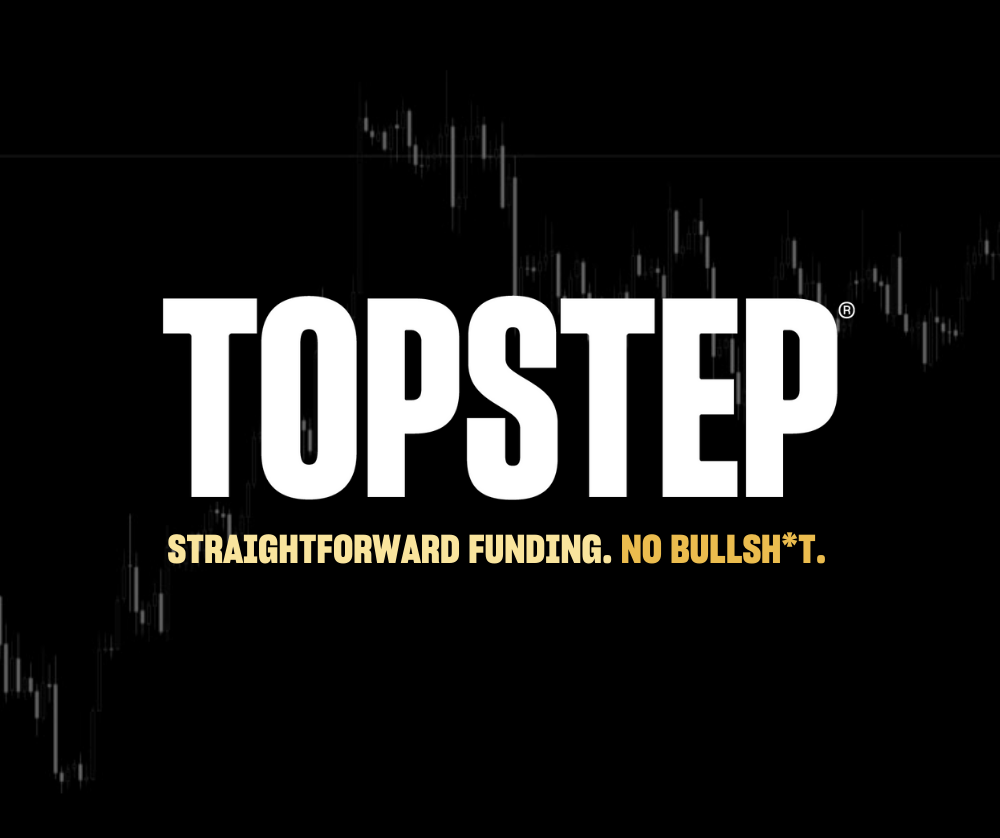Back in March, the New York Mercantile Exchange (Nymex) and the Chicago Mercantile Exchange (CME) announced that Nymex energy contracts would soon trade electronically on the CME Globex trading platform. Depending on who you were talking with, side-by-side trading of full-sized Nymex energy contracts was either an inevitability or a revolutionary change in energy trading.
As the details began to emerge, the decision began to look more evolutionary than revolutionary. The Nymex energy contracts that would trade on the CME in mid June were not the same benchmark energy contracts that trade in the New York pits, but “cash” or financially settled contracts equal in size to the physically delivered benchmark contracts that trade in the Nymex pits.
In many ways, the contracts mimic the financially settled crude oil contract listed at its major competitor, the Intercontinental Exchange (ICE).
“Exchanges would always prefer cash settled over physical delivery because it is much easier,” says Rick Thachuk, president of Worldlink Futures Inc. “Physical delivery requires a tremendous amount of work…. It’s a real nightmare.”
Physical vs. cash settlement
For more than 100 years the basic premise of a futures contract was unchanged. It was a legally binding agreement to take, or to make, delivery of a pre-specified quantity and quality of a commodity on a predetermined date at a predetermined location. By tying the futures contract to an actual, physically deliverable product, the integrity of the contract was backed up by underlying physical goods, ensuring that the market universally agreed to the fairness of the price. This allowed hedgers and speculators to more realistically take on and lay off the risk of production and purchase because the price of the futures contract would closely track the price of the physical commodity.
“With any futures contract, you have to have a mechanism where the futures price will ultimately be related to the instrument that that futures contract is [based] on to eliminate the manipulation of that contract,” says Dominick Chirichela, senior market analyst at the Energy Management Institute. But the vast majority of futures contracts never go to physical delivery. “At Nymex it’s like 0.4% that actually go to physical delivery. It’s a negligible amount.”
As contracts approach settlement there are a series of notices to which traders must respond if they intend to take, or make, physical delivery (see Calendar for this information). The Nymex physical contracts settle on the third business day prior to the 25th day of the month, at which point they will either take or make delivery. But most traders simply close out the positions by purchasing offsetting contracts.
“The whole intention is for people to not hold their positions to expiration,” says John Harangody, director of commodity products at the CME. “There are times though when there may not be perfect convergence between the futures market and where the physical, [cash] commodity is trading.” But by having the physical delivery aspect of the contract, it forces the prices to converge. “That function forces cash and futures to be equal on that settlement day.”
The exchange does not set the settlement prices. The settlement price of the physically delivered futures energy contracts is decided during the last 30 minutes of trading on the final trading day, and that price is used to determine margin calls and invoice prices for deliveries. In contrast, the cash settled contracts settle on a futures price on the fourth business day before the 25th, hence the name “penultimate,” and never go to delivery.
“Cash settled contracts are relatively new,” Harangody says. “The first cash settled contract was the Eurodollar futures contract, which was launched in 1981.” The Eurodollar, which is a futures contract based on the interest rate paid on U.S. dollars held outside the United States, was revolutionary because there simply is no delivery mechanism for an interest rate.
After the Commodity Futures Trading Commission (CFTC) approved the financially settled Eurodollar contract, the concept of a financially settled futures concept was applied to traditional commodities and it proved to be a liberating development for the exchanges.
DIFFERENT FLAVORS
The Nymex cash-settled contracts will settle at 2¢ less than their physical counterparts; but cash settlement prices of futures contracts can be derived in a variety of ways. Prices can be pulled from a variety of sources, such as the spot market or indexes. In the case of the Eurodollar, the CME took the settlement prices from 16 interbank dealers, discarded the three highest and the three lowest prices and averaged the remaining 10.
The ICE West Texas Intermediate (WTI) futures contract is financially settled and the settlement price is derived from Nymex’s physically delivered WTI contract. There is no price discovery, it doesn’t set the price, it follows the price.
Financially settled contracts reduce overhead expenses and can streamline operations, Thachuk says. And for smaller traders, when a cash settled contract expires, they needn’t worry about final settlement or the extra fees associated with exiting the position. And if a trader is not in the business he doesn’t have to worry about carry charges or having the physical wherewithal to process or store the physical goods.
Why list both?
One of the reasons, some trader speculated, that Nymex launched financially settled versions of its own physically delivered contracts was to protect the financial interests of Nymex’s floor traders. But it’s not that simple. Financially settled contracts could also attract a greater number and wider variety of traders.
“There are some funds that cannot trade physically settled contracts, particularly pension funds,” says Joseph Raia, senior vice president of marketing at Nymex. “They have in their investor agreements that they cannot have exposure to a contract that could potentially go to physical [delivery], because of the risk of not being able to take delivery. So the cash instrument is their instrument of choice.”
ICE has demonstrated that electronically-traded financially-settled energy contracts can be very successful. By offering the contracts electronically on Globex, Nymex will be able to accelerate the growth of the contracts because of the wide distribution of Globex and the large number of independent software vendors that can already write orders to Globex. Plus there will be new arbitrage opportunities.
“At the end of the day, they still settle against the physical underlying,” Raia says. “So the importance of the physical contract, despite the cash contract, still remains strong. There are a majority of our customers who trade the cash instrument who ultimately come back to the physical contract because of the need to have relevance to the settlement number of the physical contract. That’s the link between the cash and physical market.”
FEELING THE SQUEEZE
On the last day of trading, physically settled contracts will typically experience thin liquidity, as those traders who do not intend to convert their futures contracts to physical goods have already exited the market either rolling their position to the next delivery month or simply getting out (see “Sticking it out”). With this accomplished, traders with large positions have more affect on price movements and this is why markets are subject to more intense volatility as they head towards expiration.
Large commercial traders who have the physical wherewithal to take or make delivery may even possess storehouses of the physical commodity. This is why the CFTC focuses its oversight efforts on the physically delivered futures markets. By requiring large traders to disclose their positions on a regular basis, the CFTC tries to make certain that that market concentration doesn’t lead to price manipulation in the monthly settlement at expiration, as may have been the case with BP PLC. The CFTC recently charged BP with attempting to corner the propane market. The regulator says BP withheld physical supplies of propane, driving up the price in the cash market and thus driving up the settlement price of the futures contracts for those traders needing to cover short positions.
Because the cash-settled contracts settle before the physically settled contracts, they have less exposure to large traders pushing the contract around as it nears settlement. And, because financially-settled contracts are frequently settled against indexes or against settlement data derived from a variety of sources, they are widely believed to be less prone to price manipulation than are physically- settled futures contracts.
As the commodities markets become more democratized through the use of electronic trading, the contracts themselves evolve, becoming more efficient for a wider base of traders and funds. The important differences from the trader’s standpoint are not so much the settlement methods, but rather the liquidity and the transaction costs.
“The thing that needs to be emphasized is that futures contracts are risk management tools,” Harangody says. “They are not intended to be procurement contracts” due to the expense and difficulty of meeting the exchange’s requirements. It’s easier to exit your responsibilities in the futures contract and go into the spot market and buy or sell those commodities, he adds.




